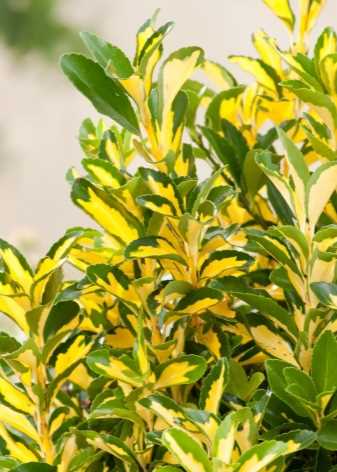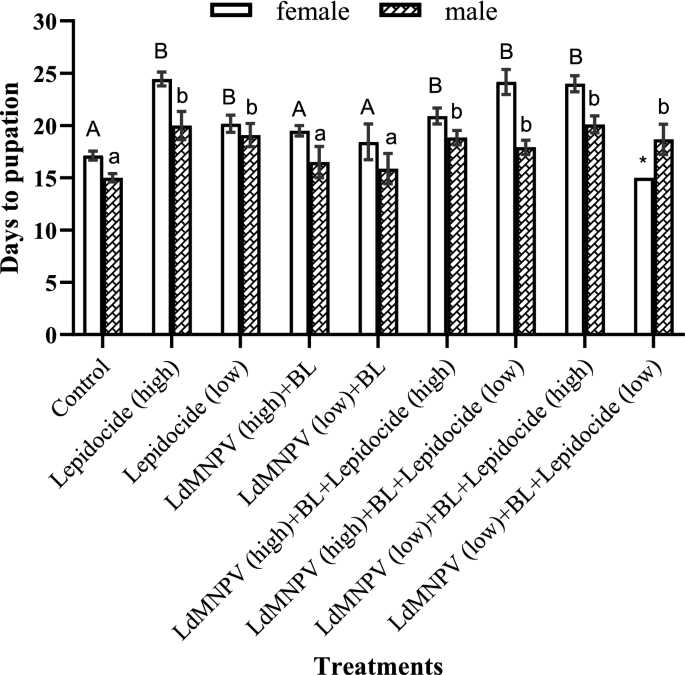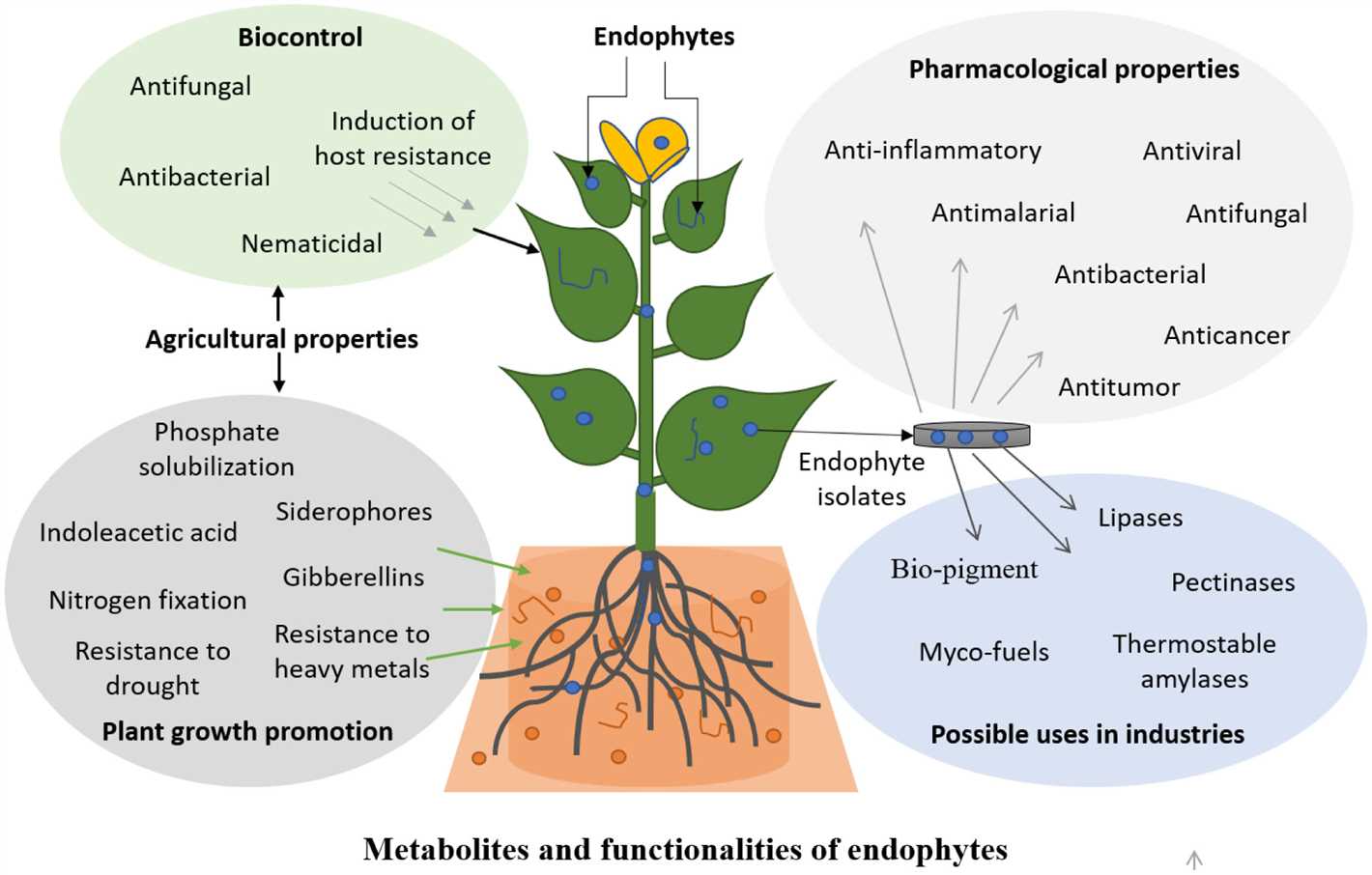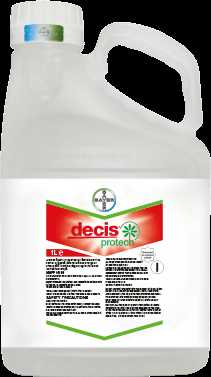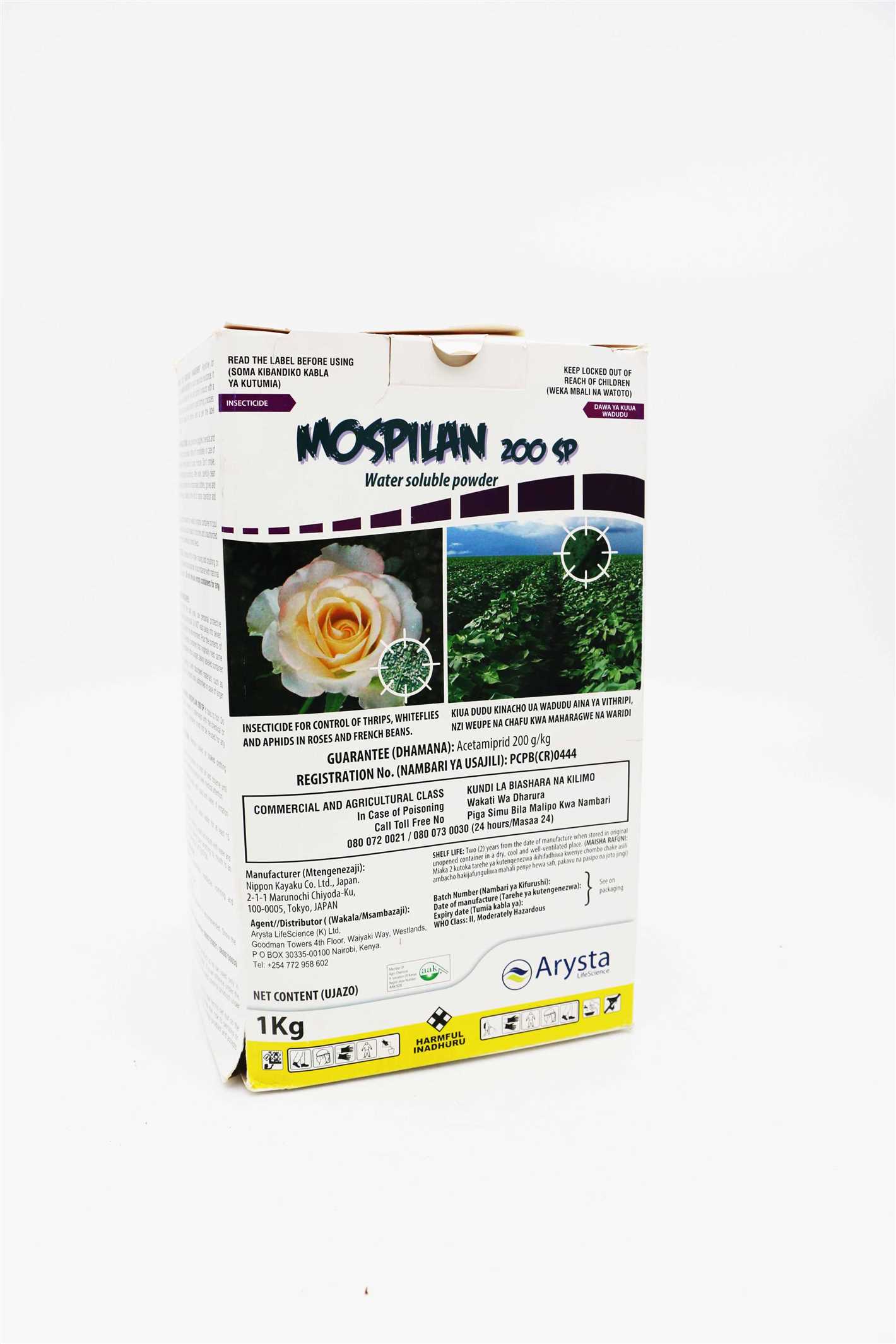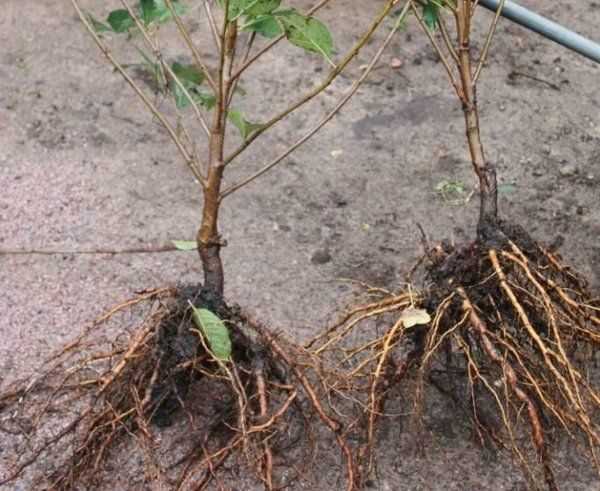- The Importance of Plant Care
- 1. Improved Air Quality
- 2. Stress Reduction
- 3. Increased Productivity
- 4. Aesthetically Pleasing Environment
- 5. Educational Opportunities
- Choosing the Right Commander Plant Preparation
- Type of preparation
- Nutrient requirements
- Compatibility and safety
- Tips for Proper Plant Application
- 1. Read and Follow Instructions
- 2. Choose the Right Product
- 3. Prepare the Application Area
- 4. Use Proper Equipment
- 5. Apply in the Right Conditions
- 6. Follow Application Guidelines
- 7. Avoid Excessive Runoff
- 8. Monitor and Adjust
- 9. Follow Safety Precautions
- 10. Store Properly
- Common Mistakes to Avoid
- 1. Overwatering
- 2. Underwatering
- 3. Lack of sunlight
- 4. Using incorrect potting soil
- 5. Ignoring pest problems
- 6. Lack of plant care knowledge
- Monitoring Plant Growth
- 1. Visual Inspection
- 2. Measuring Height and Width
- 3. Leaf Count
- 4. Stem Diameter
- 5. Root Health
- 6. Recording Data
- Additional Plant Care Techniques
- 1. Pruning
- 2. Fertilizing
- 3. Pest Control
- 4. Watering Techniques
- 5. Mulching
- 6. Support Structures
- 7. Rotating Plants
- 8. Controlling Light Exposure
- 9. Winter Care
- 10. Regular Monitoring
- FAQs about Commander Plant Preparation
- 1. What is Commander Plant Preparation?
- 2. Who can benefit from Commander Plant Preparation?
- 3. What topics are covered in Commander Plant Preparation?
- 4. How can Commander Plant Preparation help me improve my plant care?
- 5. Are the instructions in Commander Plant Preparation easy to follow?
- 6. Can I use Commander Plant Preparation for different types of plants?
- 7. How long does it take to see results using Commander Plant Preparation?
- 8. Can I access Commander Plant Preparation online?
- 9. Is Commander Plant Preparation suitable for novice gardeners?
- 10. Can I use Commander Plant Preparation as a reference guide?
- Question-answer:
- What is the Commander Plant Preparation?
- Why is it important to have healthy plants?
- What are the key components of the Commander Plant Preparation?
- How can I choose the right plants for my location?
- What are some common plant issues addressed in the Commander Plant Preparation?
- Is the Commander Plant Preparation suitable for beginners?
- Video: HOW TO GROW LARGE PLANTS INDOORS – revealing my secrets
Having beautiful and healthy plants can transform any space into a vibrant and inviting oasis. However, achieving lush and healthy plants requires more than just watering and basic care. That’s where Commander Plant Preparation comes in. In this ultimate guide, we’ll explore the essential steps and techniques to help you maximize the health and growth of your plants.
Whether you’re a seasoned plant enthusiast or just starting out, Commander Plant Preparation will provide you with the knowledge and tools you need to create an optimal environment for your plants to thrive. From understanding the different types of plants and their specific care needs to learning advanced techniques for propagation and pruning, this guide covers it all.
One of the key aspects of successful plant care is understanding the importance of soil and nutrients. We’ll delve into the world of soil composition and teach you how to create the perfect growing medium for your plants. We’ll also explore the role of fertilizers and organic amendments in providing the essential nutrients that plants need for healthy growth.
Throughout this guide, we’ll also address common problems and challenges that plant owners may face, such as pest control and disease prevention. With our expert tips and advice, you’ll be able to identify and troubleshoot issues before they become major problems.
Whether you’re looking to enhance your indoor houseplant collection or create a flourishing garden, Commander Plant Preparation will empower you to take your plant care to the next level. Get ready to unlock the secrets of lush and healthy plants with this comprehensive guide.
The Importance of Plant Care
Proper care and maintenance are essential for the health and longevity of your plants. Regular plant care not only ensures that your plants thrive and look beautiful, but it also contributes to a healthier environment and improves your overall well-being. Here are some reasons why plant care is important:
1. Improved Air Quality
Plants are natural air purifiers. Through the process of photosynthesis, they absorb carbon dioxide and release oxygen into the air. This helps to improve indoor air quality by removing pollutants and toxins, such as formaldehyde, benzene, and trichloroethylene. By taking care of your plants and ensuring they receive adequate light, water, and nutrients, you can enhance their ability to purify the air you breathe.
2. Stress Reduction
Research has shown that being around plants can help reduce stress levels. Plants have a calming effect on our minds and bodies, which can help to lower blood pressure, reduce anxiety, and promote relaxation. Taking care of plants provides an opportunity for mindfulness and can be a therapeutic activity that helps to alleviate stress and promote a sense of well-being.
3. Increased Productivity
Studies have indicated that having plants in the workplace can improve productivity. Greenery in the office environment has been found to enhance focus, creativity, and overall job satisfaction. By caring for plants in your workspace, you can create a more conducive and productive environment that can positively impact your work performance.
4. Aesthetically Pleasing Environment
Proper plant care is essential for maintaining the visual appeal of your indoor and outdoor spaces. Well-maintained plants add beauty and vibrancy to any setting, making it more inviting and pleasant. By taking the time to water, prune, and fertilize your plants, you can create an aesthetically pleasing environment that is visually appealing to both residents and visitors.
5. Educational Opportunities
Caring for plants offers valuable educational opportunities, especially for children. It teaches them about the life cycle of plants, the importance of responsibility and nurturing, and the value of patience and perseverance. By involving children in plant care, you can help them develop a deeper appreciation for nature and instill important life skills.
By understanding the importance of plant care and actively engaging in plant maintenance, you can enjoy the numerous benefits that come with healthy and thriving plants. Whether it’s the improved air quality, reduced stress levels, increased productivity, enhanced aesthetics, or educational opportunities, plant care is an investment that yields a multitude of rewards.
Choosing the Right Commander Plant Preparation
When it comes to achieving lush and healthy plants, choosing the right commander plant preparation is essential. With so many options available on the market, it can be overwhelming to make a decision. In this guide, we will walk you through the factors to consider when choosing a commander plant preparation, so you can select the best one for your plants.
Type of preparation
There are various types of commander plant preparations available, including fertilizers, soil conditioners, and growth stimulants. Each type serves a different purpose, so it’s important to identify your plants’ needs before making a choice.
Fertilizers: Fertilizers provide essential nutrients to the plants, promoting healthy growth and development. They come in different forms, such as liquid, granular, or organic, and contain a mix of nutrients like nitrogen, phosphorus, and potassium.
Soil conditioners: Soil conditioners improve the quality of the soil, enhancing its ability to retain water, release nutrients, and provide a suitable environment for plant roots. They can be used to amend poor-quality soil or maintain the fertility of the existing soil.
Growth stimulants: Growth stimulants are specifically designed to promote plant growth and increase plant vigor. They often contain hormones or natural compounds that stimulate root development, enhance flower production, and improve overall plant health.
Nutrient requirements
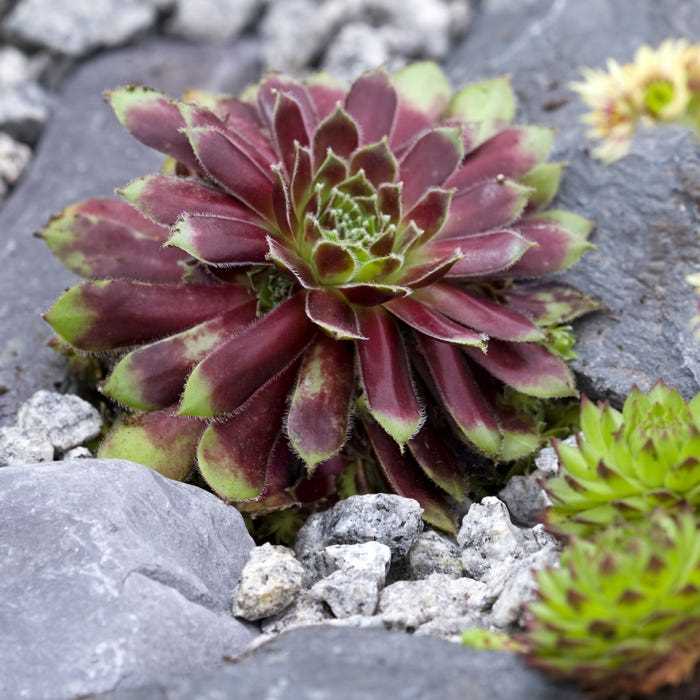
Understanding the nutrient requirements of your plants is crucial for selecting the right commander plant preparation. Different plants have different nutrient needs, and using the wrong preparation can lead to nutrient deficiencies or excesses, negatively affecting plant health.
Research: Before purchasing a commander plant preparation, research the specific nutrient requirements of your plants. Consider factors such as the type of plant, its growth stage, and any specific nutrient deficiencies it may be susceptible to.
N-P-K ratio: The N-P-K ratio on the commander plant preparation packaging indicates the concentration of nitrogen (N), phosphorus (P), and potassium (K) in the product. Determine the nutrient ratio that best matches your plants’ needs and select a preparation with a similar ratio.
The application method of the commander plant preparation is another important factor to consider. Some preparations are applied directly to the soil, while others are applied as foliar sprays or added to the water during watering.
Soil application: Soil applications are common for fertilizers and soil conditioners. They are added to the soil around the plant’s root zone, ensuring that the nutrients or soil amendments are readily available to the roots.
Foliar application: Foliar sprays are used for growth stimulants and certain fertilizers. The preparation is sprayed onto the plant’s leaves, where it gets absorbed and transported throughout the plant.
Watering: Some preparations are designed to be added to the water during watering. They dissolve in the water and get delivered to the plant’s root system along with the irrigation.
Compatibility and safety
Lastly, ensure that the commander plant preparation is compatible with your plants and safe to use. Consider the following factors:
Plant compatibility: Some preparations are specifically formulated for certain plant types or species. Make sure that the preparation you choose is suitable for your plants.
Safety: Read and follow the instructions on the packaging carefully. Some preparations may require protective equipment or have specific application guidelines to ensure the user’s safety.
Environmental impact: Consider the environmental impact of the commander plant preparation. Look for environmentally-friendly options that minimize harm to the ecosystem.
By considering these factors and conducting proper research, you can choose the right commander plant preparation that will help your plants thrive and flourish.
Tips for Proper Plant Application
1. Read and Follow Instructions
Before applying any Commander Plant preparation, it is important to carefully read and understand the instructions provided. The instructions will give you information about the appropriate dosage, timing, and method of application for the specific product.
2. Choose the Right Product
Different plants have different nutrient requirements, so it is essential to choose the right Commander Plant preparation for your plants. Consider factors such as the type of plant, its growth stage, and any specific issues or deficiencies it may be facing.
3. Prepare the Application Area
Prior to applying the Commander Plant preparation, ensure that the application area is clean and free from debris. Remove any weeds or competing plants that may obstruct the absorption of nutrients by your target plants.
4. Use Proper Equipment
Using the appropriate equipment is crucial for effective and efficient application of Commander Plant preparations. Consider using a sprayer, watering can, or a specialized applicator, depending on the type of product and the size of the application area.
5. Apply in the Right Conditions
Take note of the recommended weather conditions for application. Most Commander Plant preparations are best applied when the temperature is mild, the wind is calm, and there is no rain in the forecast. Avoid applying during extreme heat or freezing temperatures.
6. Follow Application Guidelines
Follow the recommended dosage and application frequency specified in the instructions for optimum results. Over-application can be detrimental to plants, while under-application may not provide the desired benefits.
7. Avoid Excessive Runoff
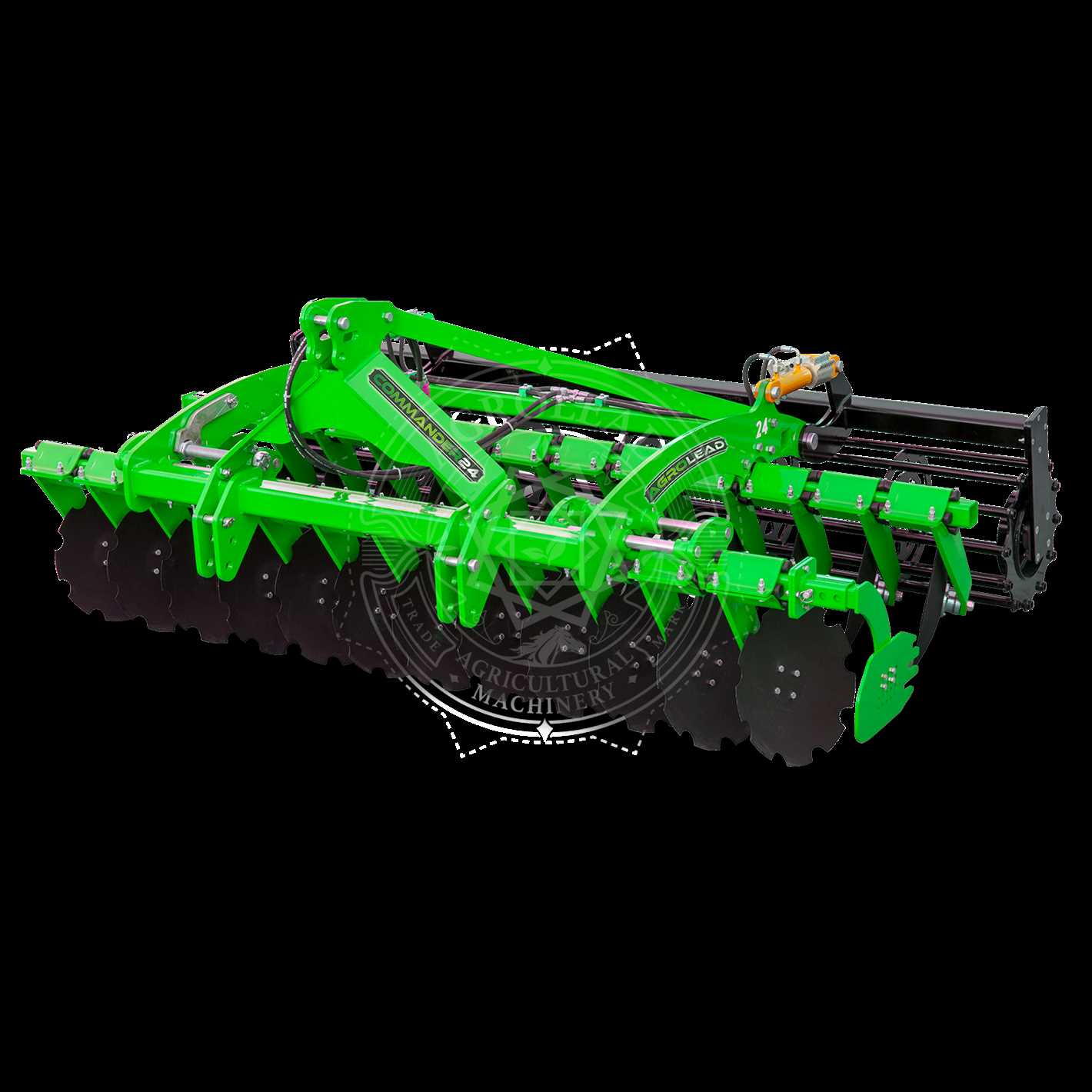
To prevent excessive runoff and wastage of the Commander Plant preparation, avoid applying it when heavy rain is imminent or when the soil is already saturated. Apply the product slowly and evenly, allowing the plants to absorb the nutrients effectively.
8. Monitor and Adjust
Regularly monitor the progress and health of your plants after application. If you notice any adverse effects or if the desired results are not achieved, make adjustments to your application practices or consider consulting a gardening professional for guidance.
9. Follow Safety Precautions
When handling and applying Commander Plant preparations, it is important to follow all safety precautions mentioned in the instructions. Wear protective clothing, gloves, and eyewear if necessary. Keep the product out of reach of children and pets.
10. Store Properly
After use, store your Commander Plant preparation in a cool, dry place, away from direct sunlight and extreme temperatures. Ensure that the product is tightly sealed to maintain its effectiveness for future applications.
Common Mistakes to Avoid
When it comes to caring for your plants, there are some common mistakes that many people make. Avoiding these mistakes can help you achieve lush and healthy plants. Here are some common mistakes to be aware of:
1. Overwatering
One of the most common mistakes that people make is overwatering their plants. Giving your plants too much water can lead to root rot and other diseases. It’s important to water your plants regularly, but only when the soil is dry. You can check the moisture level of the soil by sticking your finger about an inch into the soil. If it feels dry, it’s time to water your plants.
2. Underwatering
On the flip side, underwatering is also a common mistake. Neglecting to water your plants enough can lead to wilting and can even cause your plants to die. It’s important to establish a watering schedule and stick to it. Different plants have different watering needs, so make sure to research the specific needs of your plants.
3. Lack of sunlight
Plants need sunlight to thrive, so it’s important to provide them with enough natural light. Placing your plants in a location with insufficient sunlight can cause them to become weak and leggy. Make sure to choose a spot for your plants where they can receive the appropriate amount of sunlight for their specific needs.
4. Using incorrect potting soil
Using the wrong type of potting soil can also hinder the growth of your plants. Different plants have different soil preferences, so it’s important to use the appropriate potting mix for each plant. Some plants prefer well-draining soil, while others prefer soil that retains more moisture. Research the specific soil requirements of your plants and choose the appropriate potting mix.
5. Ignoring pest problems
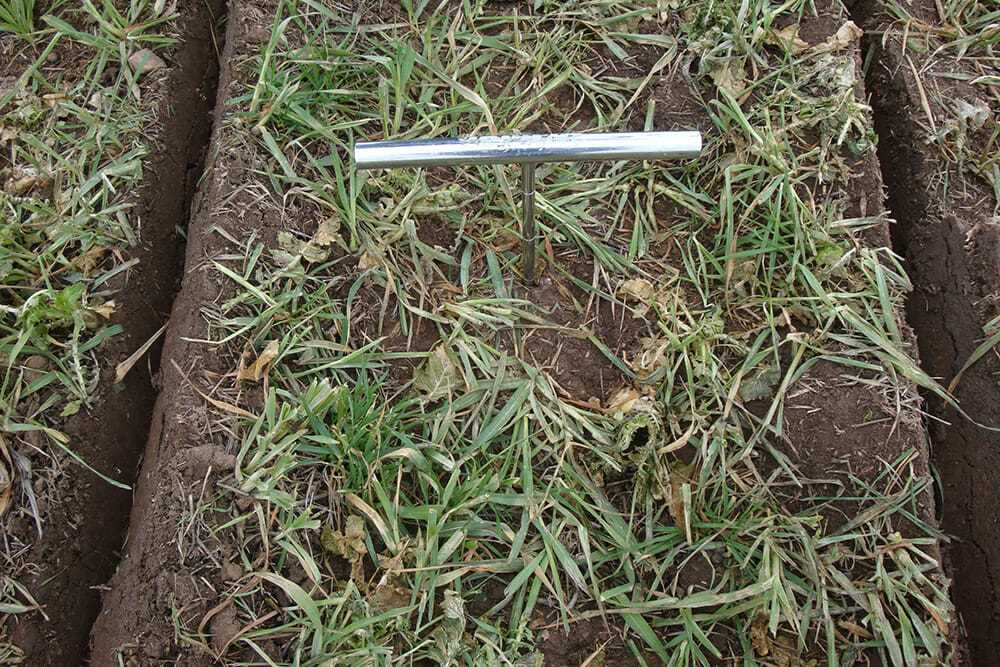
Pests can wreak havoc on your plants if left unattended. Ignoring pest problems can lead to the decline and even death of your plants. Regularly inspect your plants for signs of pests, such as chewed leaves or discoloration. If you notice any pests, take immediate action to eliminate them and protect your plants.
6. Lack of plant care knowledge
Lastly, a lack of plant care knowledge can also be a common mistake. Each plant has its own care requirements, including watering, lighting, and fertilizing needs. Take the time to research and educate yourself on the specific care needs of your plants to ensure their health and vitality.
Avoiding these common mistakes can help you achieve luscious and healthy plants. By providing your plants with the right amount of water, sunlight, and care, you can enjoy a beautiful and thriving indoor garden.
Monitoring Plant Growth
Monitoring the growth of your plants is essential to ensure their health and vitality. By regularly observing and measuring various aspects of your plants’ growth, you can identify any issues early on and take necessary action to address them.
1. Visual Inspection
Regular visual inspection is a simple yet effective way to monitor plant growth. Look for any signs of wilting, yellowing or browning leaves, pest infestations, or other abnormalities. Check the overall appearance, size, and shape of the plants to assess their progress.
2. Measuring Height and Width
Measuring the height and width of your plants can provide valuable information about their growth rate. Use a measuring tape or ruler to measure the vertical height from the soil surface to the top of the plant. Measure the width by determining the distance between the outermost edges of the plant.
3. Leaf Count
Counting the number of leaves on your plants can indicate their overall development. This method is particularly useful for plants with a high leaf-to-stem ratio. Regularly count the leaves to track any changes in their numbers.
4. Stem Diameter
Measuring the stem diameter can help determine the plant’s strength and growth rate. Use a caliper to measure the thickest part of the stem. Repeat this measurement at regular intervals to track any changes over time.
5. Root Health
While not directly visible, monitoring the health of your plant’s roots is crucial. Gently dig around the plant’s base and examine the roots. Healthy roots should be firm, white, and spread out. Any signs of discoloration, rot, or wilting indicate potential issues.
6. Recording Data
To effectively monitor plant growth, keep a record of your observations and measurements. Create a log where you can note down the date, specific measurements, and any other relevant details. This record will help you spot any growth patterns and make informed decisions regarding your plants’ care.
| Date | Height (cm) | Width (cm) | Leaf Count | Stem Diameter (mm) |
|---|---|---|---|---|
| March 1, 2021 | 15 | 10 | 5 | 3.2 |
| April 1, 2021 | 18 | 12 | 7 | 4.1 |
| May 1, 2021 | 22 | 15 | 9 | 5.0 |
Regular monitoring of your plants’ growth will help you make adjustments to their care routine, such as adjusting watering or fertilization. It will also allow you to celebrate their progress and recognize the impact of your efforts on their overall health.
Additional Plant Care Techniques
1. Pruning
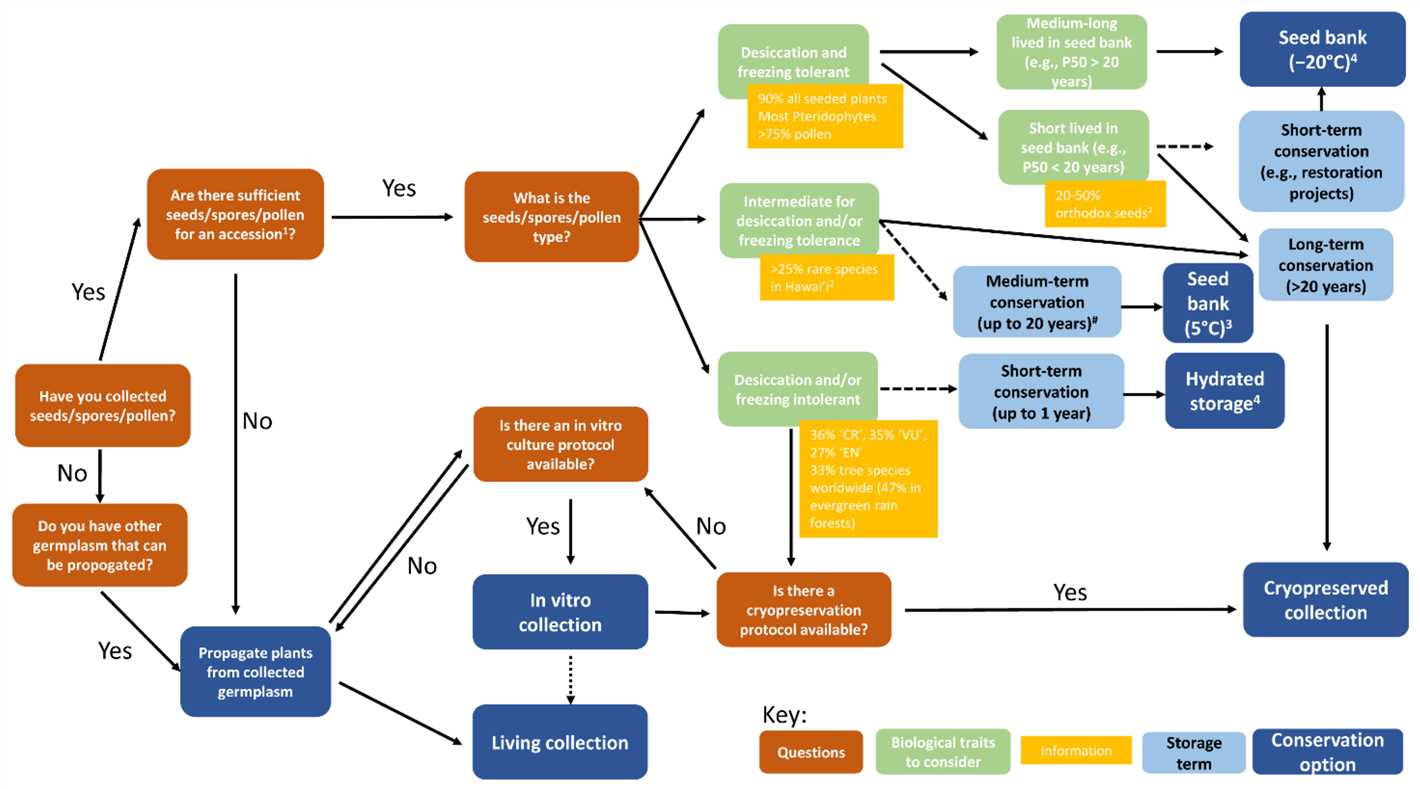
Regular pruning is an important technique to promote plant health and growth. It involves the removal of dead or damaged leaves, stems, or branches. Pruning also helps maintain the shape and size of the plant, prevents overcrowding, and improves air circulation. Use a sharp, clean pair of pruning shears or scissors to make clean cuts.
2. Fertilizing
Fertilizing provides essential nutrients to plants and enhances their overall health and productivity. Choose a high-quality fertilizer that is specifically formulated for the type of plant you have. Follow the instructions on the packaging for the correct dosage and application frequency. Remember to water your plants before fertilizing to prevent root burn.
3. Pest Control
Pests can wreak havoc on your plants by feeding on their leaves, roots, or flowers. Use natural or organic pest control methods whenever possible to avoid harmful chemicals. Regularly inspect your plants for signs of pests and take action immediately if you notice any infestations. Common pest control techniques include using insecticidal soap, neem oil, or introducing beneficial insects.
4. Watering Techniques
Proper watering is crucial for the health of your plants. The frequency and amount of water needed will depend on the type of plant and environmental conditions. Before watering, always check the moisture level of the soil to avoid overwatering or underwatering. Water deeply but allow the soil to dry out between waterings to prevent root rot.
5. Mulching
Applying a layer of mulch around the base of your plants has numerous benefits. Mulch helps conserve moisture, suppress weed growth, regulate soil temperature, and improve soil fertility. Choose organic mulch, such as wood chips or compost, and apply it evenly around the plants, keeping it a few inches away from the stems to prevent rot.
6. Support Structures
Some plants, such as tomatoes or climbing vines, require support structures to grow properly. Providing stakes, trellises, or cages will prevent the plants from bending or breaking under their own weight. Install the support structures early in the growing season and regularly check and adjust them as the plants grow.
7. Rotating Plants
Rotating your plants is a simple technique that can help prevent the buildup of pests and diseases in the soil. By moving plants to different locations each growing season, you disrupt the life cycle of pests and reduce the risk of soil-borne diseases. Additionally, rotating plants can also help balance nutrient uptake and prevent nutrient depletion in the soil.
8. Controlling Light Exposure
Understanding the light requirements of your plants is essential for their growth and development. Some plants thrive in full sun, while others prefer partial or indirect light. Monitor the amount of light your plants receive and adjust their placement accordingly. You can move them to different areas of your home or use sheer curtains or blinds to control the amount of light they receive.
9. Winter Care
During the winter months, many plants enter a dormant phase and require special care. Protect your plants from frost by bringing them indoors or covering them with frost blankets or mulch. Reduce watering as the plants’ growth slows down, but be sure to monitor soil moisture to prevent dehydration. Winter care is crucial for ensuring the survival of your plants until the next growing season.
10. Regular Monitoring
Lastly, regular monitoring and observation are essential for assessing the health and progress of your plants. Check for any signs of pests, diseases, or nutrient deficiencies, such as yellowing leaves, wilting, or stunted growth. Promptly address any issues that arise to prevent further damage and keep your plants thriving.
FAQs about Commander Plant Preparation
1. What is Commander Plant Preparation?
Commander Plant Preparation is a comprehensive guide that helps you achieve lush and healthy plants by providing step-by-step instructions and valuable tips on plant care.
2. Who can benefit from Commander Plant Preparation?
Commander Plant Preparation is designed for both beginners and experienced gardeners who want to improve their plant care skills and cultivate thriving plant life.
3. What topics are covered in Commander Plant Preparation?
Commander Plant Preparation covers a wide range of topics including soil preparation, watering techniques, fertilization methods, pest control, pruning, and propagation.
4. How can Commander Plant Preparation help me improve my plant care?
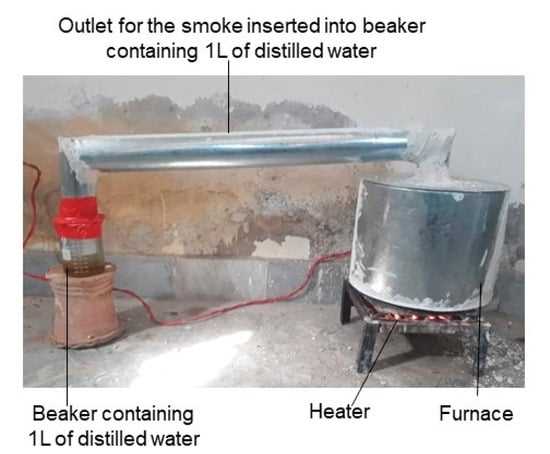
By following the guidance provided in Commander Plant Preparation, you will learn important plant care techniques that promote healthy growth, prevent common problems, and encourage overall plant vitality.
5. Are the instructions in Commander Plant Preparation easy to follow?
Yes, the instructions in Commander Plant Preparation are written in a clear and concise manner, making them easy to understand and follow. The guide also includes visual aids and illustrations to further assist you.
6. Can I use Commander Plant Preparation for different types of plants?
Yes, Commander Plant Preparation can be used for a variety of plants including indoor plants, outdoor plants, flowering plants, succulents, and more. The principles discussed in the guide are applicable to a wide range of plant species.
7. How long does it take to see results using Commander Plant Preparation?
The time it takes to see results will vary depending on the specific plant and its current condition. However, by following the techniques outlined in Commander Plant Preparation, you can expect to see improvements in plant health and appearance within a few weeks to a few months.
8. Can I access Commander Plant Preparation online?
Yes, Commander Plant Preparation is available as an online resource. You can access it from any device with an internet connection, making it convenient and accessible.
9. Is Commander Plant Preparation suitable for novice gardeners?
Absolutely! Commander Plant Preparation is designed to be beginner-friendly, providing fundamental knowledge and practical tips that will help novice gardeners develop their plant care skills and achieve successful results.
10. Can I use Commander Plant Preparation as a reference guide?
Yes, Commander Plant Preparation can serve as a valuable reference guide for all your plant care needs. You can refer back to specific sections as a reminder or consult the guide whenever you encounter new challenges with your plants.
| Have More Questions? |
|---|
| Feel free to send us an email at info@commanderplantpreparation.com. We are happy to help! |
Question-answer:
What is the Commander Plant Preparation?
Commander Plant Preparation is a comprehensive guide that provides you with all the necessary information and steps to achieve lush and healthy plants.
Why is it important to have healthy plants?
Having healthy plants not only enhances the aesthetic appeal of your space but also promotes a conducive environment for plant growth. Healthy plants are less prone to diseases and pests, which ultimately leads to better overall plant health and longevity.
What are the key components of the Commander Plant Preparation?
The Commander Plant Preparation covers various aspects of plant care, including choosing the right plants for your location, providing proper lighting conditions, watering techniques, fertilization methods, and pest control measures. It also includes guidance on troubleshooting common plant issues and ensuring the overall well-being of your plants.
How can I choose the right plants for my location?
Choosing the right plants for your location depends on several factors such as the amount of sunlight, humidity levels, and the specific climate of your area. The Commander Plant Preparation provides detailed guidelines on assessing these factors and selecting plants that are best suited for your environment.
What are some common plant issues addressed in the Commander Plant Preparation?
The Commander Plant Preparation covers a wide range of common plant issues, including overwatering, underwatering, nutrient deficiencies, and pest infestations. It guides you on how to identify these issues and provides effective solutions to rectify them.
Is the Commander Plant Preparation suitable for beginners?
Yes, the Commander Plant Preparation is suitable for beginners as it offers a step-by-step approach and provides accessible information on plant care. It is designed to help individuals with little to no gardening experience achieve success in maintaining lush and healthy plants.
